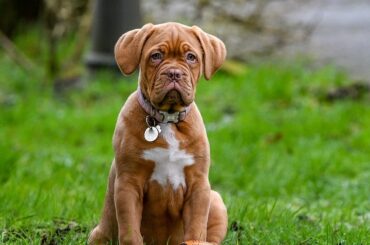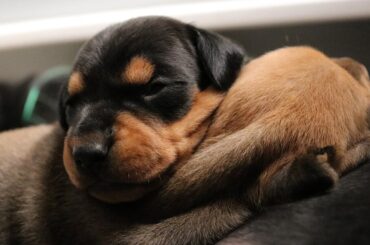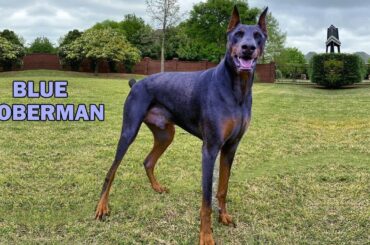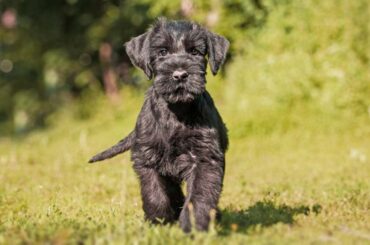Table of Contents
Introduction
Two breeds stand tall, both in stature and reputation—the Pyrenean Mastiff vs Great Pyrenees. As canine enthusiasts and prospective pet owners seek to navigate the vast landscape of dog breeds, the choice between these magnificent giants can be both exhilarating and daunting. Originating from the rugged Pyrenees mountain range, these breeds share a geographical heritage but diverge in distinct ways.
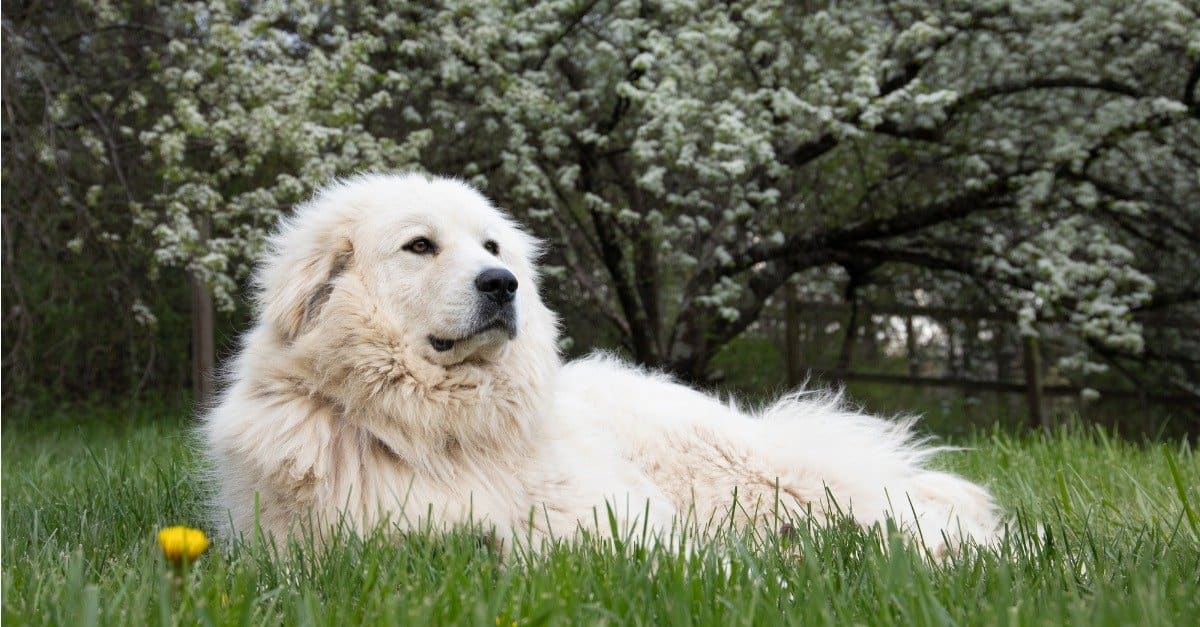
In this comparative exploration, we embark on a journey to unravel the unique characteristics, temperaments, and roles that define the Pyrenean Mastiff vs Great Pyrenees. Whether you’re drawn to the regal presence of the Pyrenean Mastiff or the gentle guardian spirit of the Great Pyrenees, understanding the nuances of each breed is essential for making an informed decision.
Pyrenean Mastiffs vs Great Pyrenees Key Differences
Pyrenean Mastiffs and Great Pyrenees are both large, majestic mountain dog breeds, but they have distinct differences in terms of origin, purpose, temperament, and physical characteristics.
Pyrenean Mastiff vs Great Pyrenees Origin and Purpose
Pyrenean Mastiff
The Pyrenean Mastiff is also known as the Mastín del Pirineo, has its origin in the Pyrenees mountains of Spain. This breed has a long history in the region, dating back to ancient times. The Pyrenean Mastiff was developed to serve as a livestock guardian, particularly for herding and protecting sheep in the challenging mountainous terrain of the Pyrenees.
As a guardian breed, Pyrenean Mastiffs were valued for their strength, courage, and protective instincts. They played a crucial role in protecting herds from predators, such as wolves and bears, that were present in the mountainous regions where they worked. Over time, the breed became well-adapted to the harsh climate and rugged landscape of the Pyrenees.
Great Pyrenees
The Great Pyrenees, also known as the Pyrenean Mountain Dog, originated in the Pyrenees Mountains on the border of France and Spain. This breed has a long history and is believed to have existed for centuries, with roots tracing back to ancient times.
The primary purpose of the Great Pyrenees was as a guardian of livestock, especially sheep, in the mountainous regions of the Pyrenees. Their role was to protect the flocks from predators such as wolves, bears, and other threats. The Great Pyrenees was selectively bred for its protective instincts, intelligence, and adaptability to the challenging environmental conditions of the Pyrenees, including harsh weather and rugged terrain.
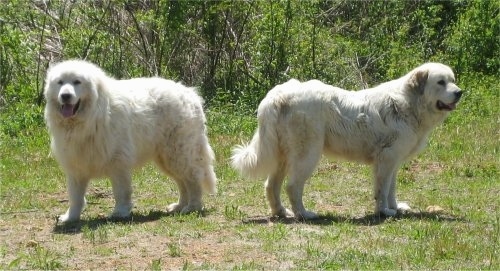
Pyrenean Mastiff vs Great Pyrenees: Size
There is not much of a height difference between Pyrenean Mastiff vs Great Pyrenees. These breeds’ tiniest canines are 25 inches tall. The tallest Great Pyrenees dogs are 31 inches tall, only an inch shorter than the largest Pyrenean Mastiffs.
Nonetheless, these canines’ weights differ significantly from one another. While there is no maximum weight for Great Pyrenees, males begin at 100 pounds and females at 85 pounds. It’s unlikely that they weigh more than 200 pounds.
In contrast, Pyrenean Mastiffs are enormous dogs! The range of their weight is 120 to 240 pounds.
Pyrenean Mastiff vs Great Pyrenees: Coat
The Pyrenean Mastiff vs Great Pyrenees, while both having double coats, exhibit some differences in coat characteristics.
The Pyrenean Mastiff and the Great Pyrenees, while both having double coats, exhibit some differences in coat characteristics. Here’s a comparison of their coats:
Pyrenean Mastiff:
Coat Type
Pyrenean Mastiffs have a thick, dense, and moderately long double coat. The outer coat is straight or slightly wavy, providing protection against the elements.
Color
The coat colors can vary and may include shades of white, gray, black, and brindle. White is a predominant color in the breed.
Undercoat
They have a dense undercoat that helps insulate them in cold weather.
Grooming
Regular brushing is recommended to prevent matting and to manage shedding. During shedding seasons, more frequent brushing may be necessary.
Great Pyrenees:
Coat Type
Great Pyrenees have a thick, weather-resistant double coat that is long and flowing. The outer coat is straight or slightly wavy, and the undercoat is dense.
Color
The breed is known for its distinct all-white coat, which helps it blend in with the sheep it guards. Some color markings may be present, such as markings around the head (known as “badger markings”) or shades of gray.
Undercoat
Like the Pyrenean Mastiff, the Great Pyrenees has a dense undercoat that provides insulation.
Grooming
Regular grooming is important to prevent matting and to manage shedding. The breed tends to shed more heavily during seasonal changes.
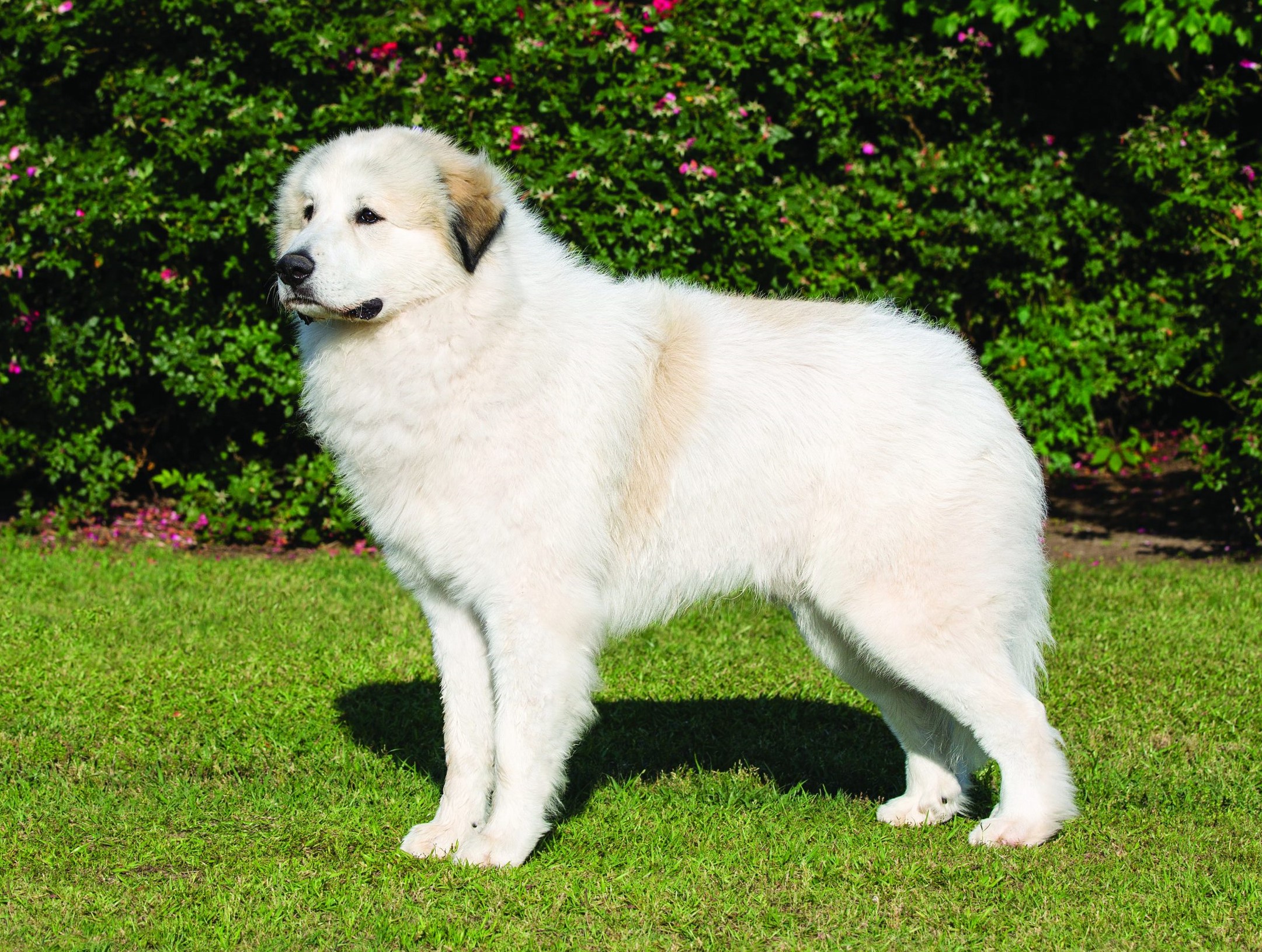
Pyrenean Mastiff vs Great Pyrenees: Tolerance to Children
Children get along well with Pyrenean Mastiffs, but every dog is different! They are usually quite tolerant and gentle giants.
Great Pyrenees canines adore their families. They will love and bond with them if you have a youngster in the family. They might, however, be reticent with strangers, including kids they don’t know.
Teaching good manners is crucial for any dog, but it’s crucial for big breeds in particular. Even as pups, never let them jump on people because these are harmful habits that can be difficult to break as adults.
Children should be trained good manners and how to be kind with dogs as well. They shouldn’t climb on the dog’s back, touch the food, or get in their face as they eat. Never strike or pull on dogs; instead, they should provide them gentle care.
Always keep an eye on kids and pets together. Even if you have faith in them both, errors can occur and bad things can happen to people.
Pyrenean Mastiff vs Great Pyrenees – Exercise Needs
Despite their similar appearances, the Pyrenean Mastiff vs Great Pyrenees require different types of exercise. Due to their higher level of activity, Pyrenean Mastiffs require daily exercise of at least one hour.
This can involve playing, running, and taking walks. Because they are a less energetic breed, Great Pyrenees only require 30 minutes of exercise every day. This may involve both playing and walks.
Leash walks and confined playtime would be the best forms of exercise for both breeds. To keep their minds engaged, they also need to engage in other activities such as agility and obedience training.
Pyrenean Mastiff vs Great Pyrenees – Temperament and Intelligence
When comparing the intellect of the Pyrenean Mastiff vs Great Pyrenees, there are a few factors to take into account. First, both breeds are known to be intellectual, although the Great Pyrenees is seen as slightly smarter.
Pyrenean Mastiff
Despite his size, the Pyrenean Mastiff is a calm dog that gets along with both kids and other animals. Because of his intelligence and strong sense of independence, he can be a little challenging to manage when he disobeys your instructions.
If you want him to be well-mannered and obedient, you will need to provide him with training and socialization. As long as you are firm, consistent, kind, patient, and fair in your management of the Pyrenean Mastiff, he can get along well with you as a first-time pet owner.
Despite his socialization, he still has a tendency to be cautious around strangers and gets quite protective of his human family. Though he is a peaceful dog that doesn’t need a lot of activity, his desire for room to feel comfortable and at ease makes him unsuitable for living on a tiny property in the city.
Great Pyrenees
The Great Pyrenees may be successfully trained and socialized since he is a strong-willed, intelligent dog with a mind of his own.
Because of his enormous size, he will need to be trained because he can topple anything indoors and needs to know how to react when you tell him to lie down.
Not only does he not need a lot of exercise, but he is a large dog and does not belong in a compact environment. Furthermore, he takes his responsibility as a watchdog very seriously and has a tendency to bark a lot, which will cause the neighbors to constantly complain about you if you live in a tiny apartment.
Your large dog is gregarious, energetic, and affectionate when well-trained and socialized. He gets along well with kids, old people, and household pets. He will gladly settle down on your bed and couch because he isn’t very active.
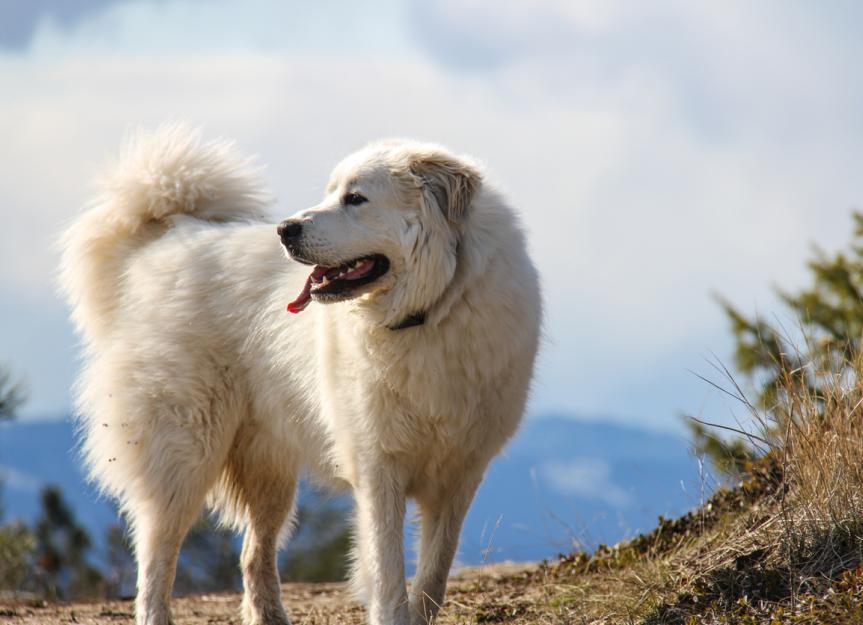
Pyrenean Mastiff vs Great Pyrenees – Health Conditions
There exist notable variations in health issues across these breeds.
Hip dysplasia, which increases the risk of arthritis and mobility issues in later life, is a disorder that the Mastiff is susceptible to.
Great Pyrenees are also prone to elbow dysplasia, which can result in lameness in the front legs, but elbow dysplasia is more common.
Both diseases are transmissible to the dog’s progeny. Therefore, before choosing to breed your Great Pyrenees, make sure you are aware of the medical history of both parents.
Both medicine and surgery are options for treating hip dysplasia. However, the condition will always exist in part.
Pyrenean Mastiff vs Great Pyrenees – Life Span
The average lifespan of a Pyrenean Mastiff is 10 to 13 years. Whereas, Great Pyrenees typically live slightly longer, with an average lifespan of 11 to 15 years.
Pyrenean Mastiff vs Great Pyrenees, nevertheless, are susceptible to health issues that could reduce their lifespan. Both breeds are prone to various health issues, such as elbow and hip dysplasia, bloat, and heart difficulties.
Pyrenean Mastiff vs Great Pyrenees can live long, robust lives if given the right care and diet.
These enormous dogs need regular exercise, weight management, and veterinary examinations to stay healthy far into old age.
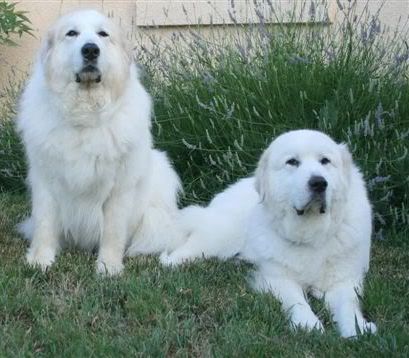
Pyrenean Mastiff vs Great Pyrenees Prices
A Pyrenean Mastiff puppy can cost anywhere between $1,000 and $5,000. Prices for a Great Pyrenees can range from $800 to $1,500. The reputation of the breeder and the caliber of the bloodlines typically influence prices.
You should budget $1,000 or less for less expensive pups or puppies that come without paperwork. Puppies from reputable breeders typically cost $2,000 or more.
Summary
In summary, while the Pyrenean Mastiff vs Great Pyrenees share some similarities due to their common origins in the Pyrenees Mountains, they are distinct breeds with differences in various aspect such as origin, size, coat and others mentioned above.
In choosing between these breeds, considerations should be based on factors such as size preference, temperament, and specific needs for guarding or companionship. Both breeds can make excellent family pets when properly trained and socialized, but their differences should be taken into account to ensure a good match for individual lifestyles and preferences. Additionally, both breeds require regular grooming due to their double coats.
READ ALSO
- American Leopard Hound vs Catahoula: Unveiling the Distinctive Traits and a Comprehensive Comparison of the 2 Breeds
- Scottish Deerhound vs Irish Wolfhound: Unveiling And Comparing The 2 Distinctive & Adorable Giants
- Understanding Cavapoo Full Grown Stage – A Grown-Up Guide to Canine Happiness
- Pyrenean Mastiff for Sale: Comprehensive Guide to Buying and Adoption in 2023
FAQs
What is the difference between a Pyrenean Mastiff and a Great Pyrenees?
Both the Pyrenean mastiff and Great Pyrenees are working dogs from the Pyrenees mountains on the Spanish-French border. And while they both have fluffy white coats and folded triangle-shaped ears, Pyrenean mastiffs weigh twice as much as the Great Pyrenees.
Are Great Pyrenees and Pyrenean mountain dogs the same?
And the breed’s name in the U.S. is Great Pyrenees. In Europe, however, they are actually called Pyrenean Mountain Dogs, and the breed’s AKC standard says they should be a dog of “medium substance.” In general, even large Great Pyrenees weigh about 100 pounds.
Are Pyrenean mastiffs easy to train?
Pyrenean mastiffs are generally easy to train. Though they can be a bit independent, they’re eager to please and make their person proud.

